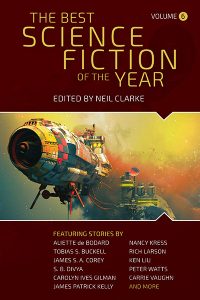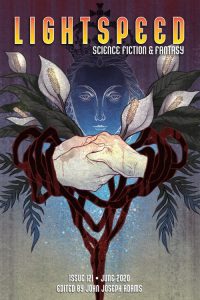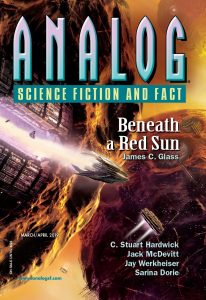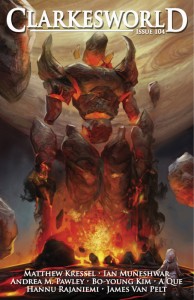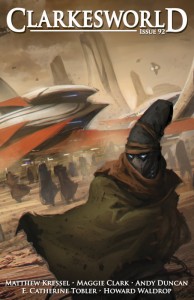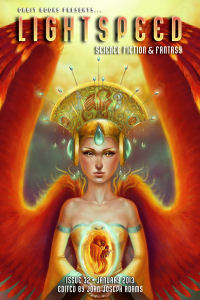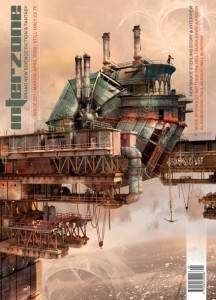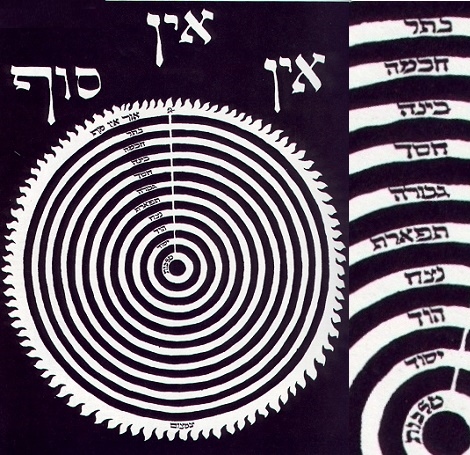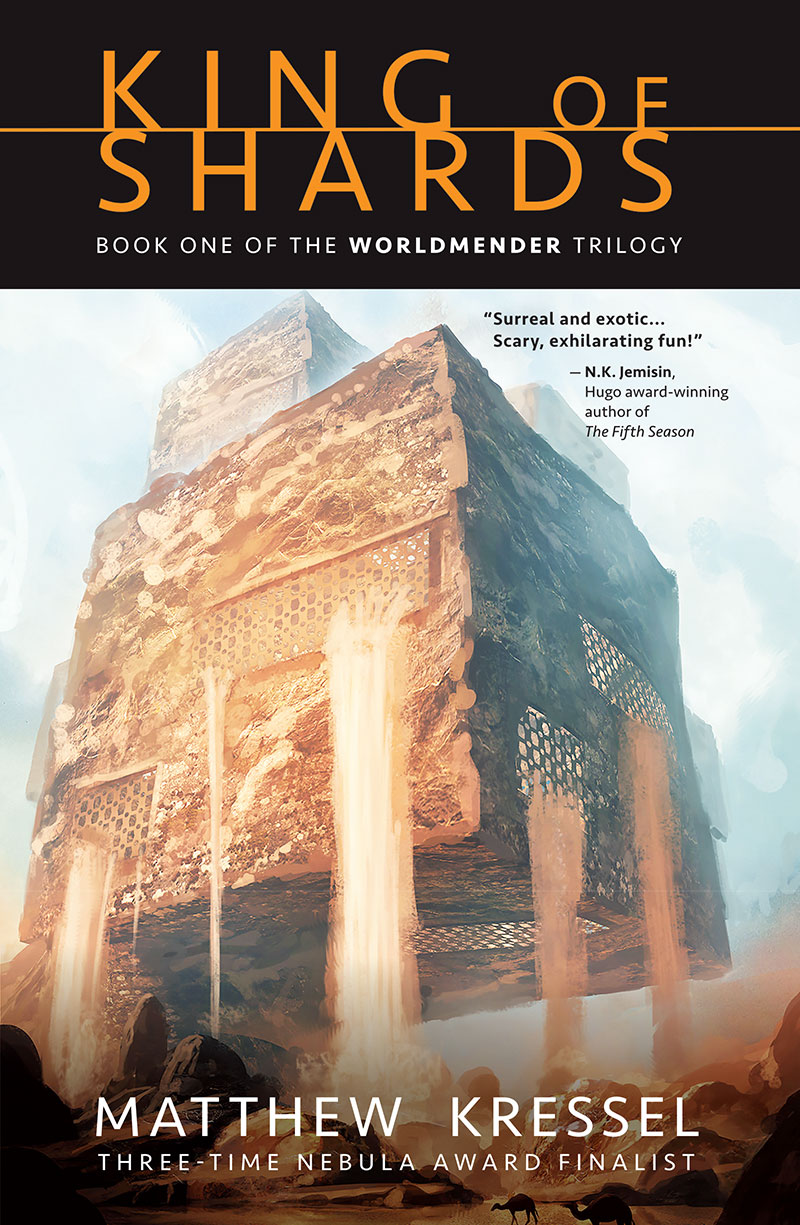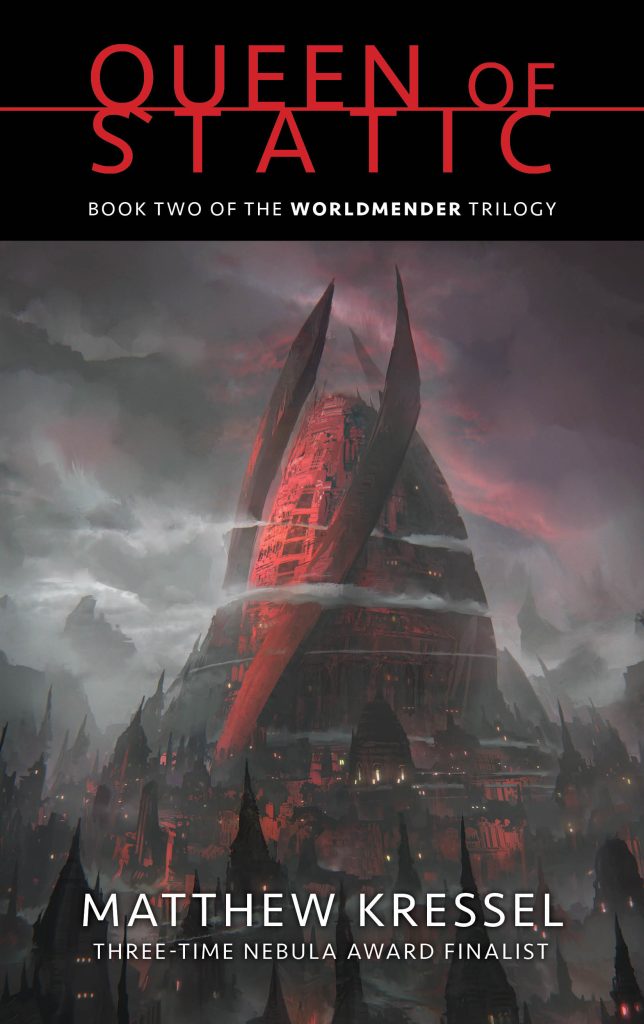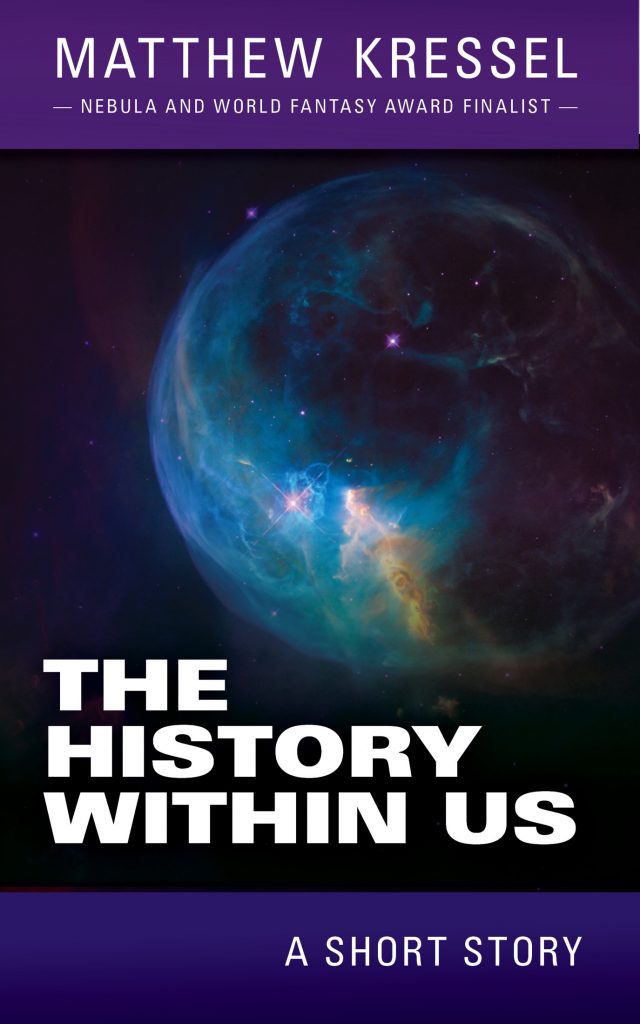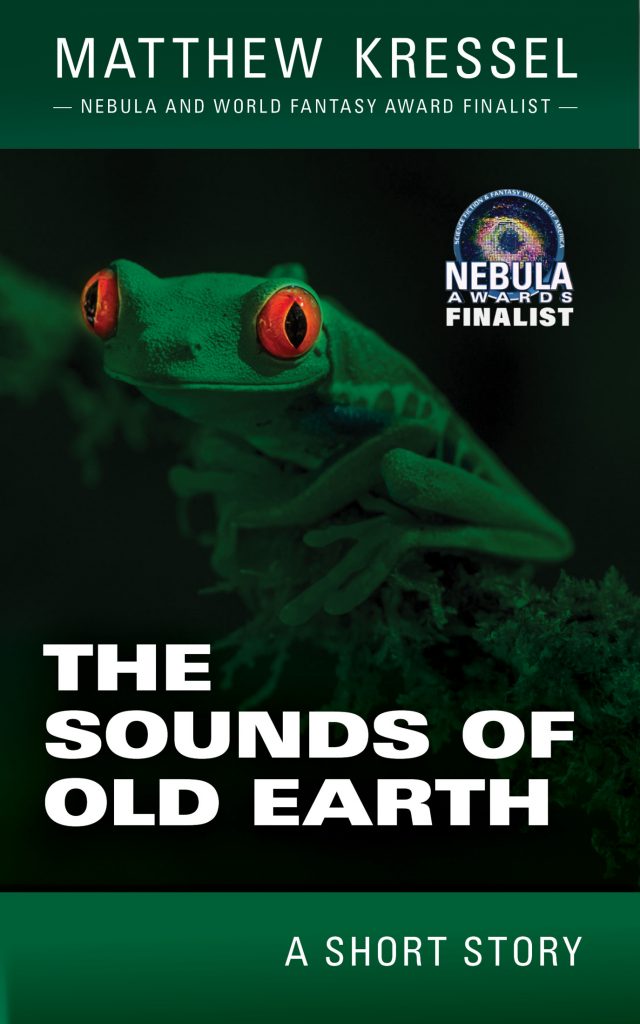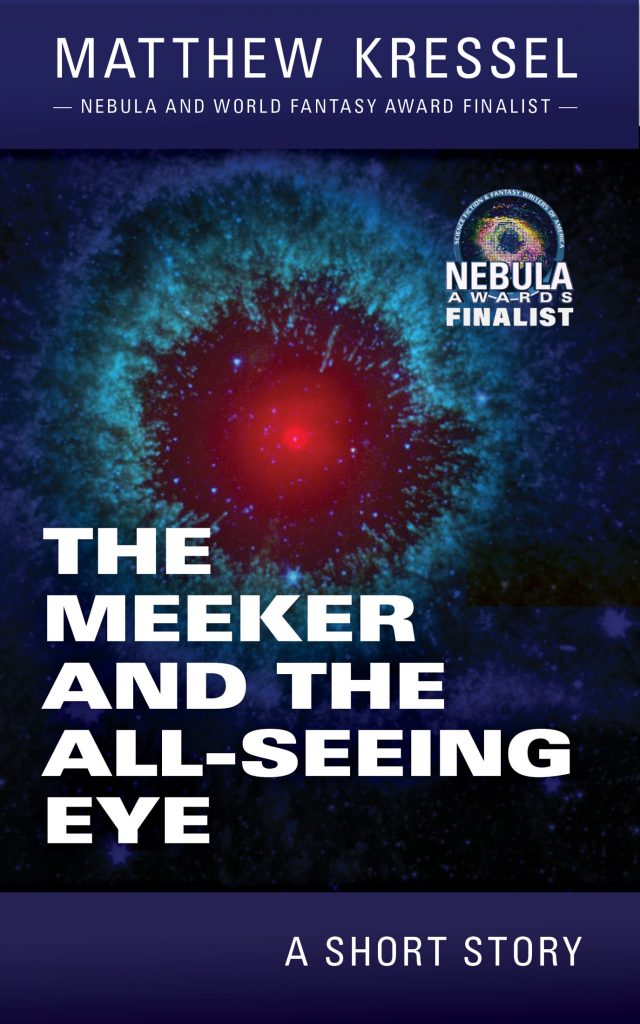To celebrate the October 13th release of my forthcoming debut novel, King of Shards, I will be featuring one new blog entry a day about a different Judaic myth for 36 days. Today’s entry is on Tzimtzum, the Contraction of God
Day 27: Tzimtzum, the Contraction of God
Before God decided to create the universe, his light pervaded all; he was omnipresent and infinite and there was no place where God wasn’t. This aspect of God is known as the Ein Sof, the endless. So in order to create the world, where humanity, individual experience, and free will exist, God needed to withdraw his infinite light from himself. This is called the tzimtzum, or “contraction” of God. And in this new, empty vessel, God slowly filtered his light into the new space through the divine vessels known as the sephirot. Yet these vessels were not strong enough to hold even the diminished light of God, and so they shattered. This is known as the Shevirat Hakelim, the Shattering of the Vessels. It is our role as humans to gather together and raise these fragment sparks of God’s Light that rained down with the shards of the shattered vessels. This is known as tikkun olam, the repair of the world.
The Myth’s Origins
The bible is clear that God is omnipresent and inescapable. Exodus 40:34 says, “Then the cloud covered the tent of meeting, and the glory of the Lord filled the tabernacle. And Moses was not able to enter into the tent of meeting, because the cloud abode thereon, and the glory of the Lord filled the tabernacle.” Jerimiah 23:34 says, “‘Can any hide himself in secret places that I shall not see him?’ said the Lord. ‘Do not I fill heaven and earth?’ said the Lord.” Isaiah 6:3 says, “And one called unto another, and said: Holy, holy, holy, is the Lord of hosts; the whole earth is full of His glory.”
Among the disciples of the 16th century Rabbi Isaac Luria, or the Ari, there arose a metaphysical question: if God is omnipresent and total, how then can humanity and the world exist? Wouldn’t the universe be destroyed and overwhelmed by God’s total light? The Ari answered them with the idea of tzimtzim, the withdrawal or contraction of God, which was put into text by Ari’s disciple, Rabbi Hayim Vital, in his book Etz Hayim, the Tree of Life.
The myth states that God’s light withdrew itself from his exact “center” (a metaphysical, rather than physical concept, as God has no “center”) to a sphere surrounding a new void. This void was empty and full of vacuum, until God desired to create the world. Knowing that he could not fill the void completely with his light, because that would obliterate his creation, he needed to “step down” the light, which is what the sephirot, or vessels do. But the first sephirot (in some cases all 10; in others, 7) were not strong enough even then — they shattered, and sparks of God’s light spread out to the far corners of this new universe. By following God’s commandments — that is, by living a righteous life — one “raises” these sparks and “repairs” the world, thus fulfilling the goal of tikkun olam, the repair of the world.
God is thus transcendent, i.e. beyond this world, and at the same time immanent, present in all things.
Some Thoughts on the Myth
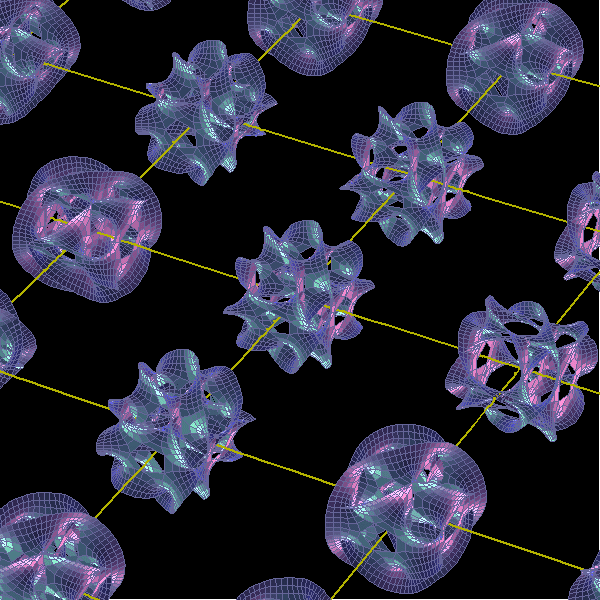
The Ten Dimensions of String Theory
One of the things that has always fascinated me about the tzimtzum myth is its parallels to modern Big Bang theory (and not the TV show). Modern science postulates that there was a “singularity” or point of infinite energy and density a the beginning of the universe, which exploded into all the matter and energy we known today. In other descriptions I’ve heard, since space was also infinitely compressed at the beginning, calling the singularity a “point” is misleading, since that implies there was space around such a point. Instead, imagine an infinite field of infinite energy and density.
It’s quite curious that a 16th century myth, which Isaac Luria and his disciple Hayim Vital elucidated, has so many similarities with modern science. Of course, modern science disregards the metaphysical connections as mostly coincidental. Scientists merely extrapolated current measurements back in time to come up with their theory, and lots of evidence bears out their theory: the cosmic microwave background, the redshift of galaxies, among other measurements. Also curious is that the Sephirot are the ten divine emanations of God responsible for the world we live in today, according to Kabbalah. In some versions of String Theory, we live in a ten-dimensional universe, seven dimensions of which have been “curled” up so that, by all measurements, we appear to be in a three-dimensional universe (plus one of time). In some versions of the Shevirat Hakelim, the Shattering of the Vessels, seven of the original ten sephirot were “shattered” when God’s light filled them.
Of course, this might all be a coincidence. One theory was arrived at by contemplation of biblical questions. Another, by measurements of the universe. My preference is to trust the latter. However, when I am confronted with information that seems strangely correlated, even if it may not be, my ears perk up. As string theory develops over time it will be interesting to see if the parallels continue or the theories diverge.
Tomorrow’s Myth: The Business of Demons




